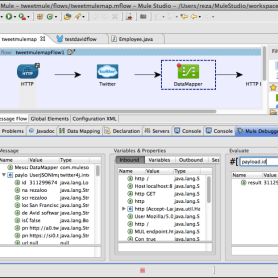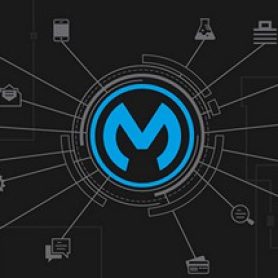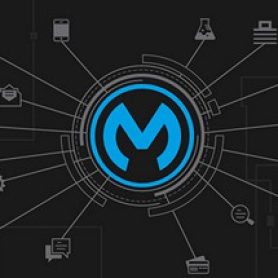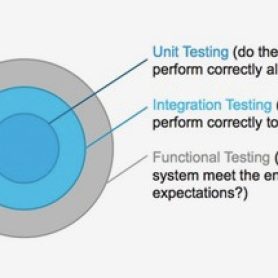Latest posts
Getting started with DataWeave: Part 1
Data transformation is an inevitable component of connectivity, as most systems don't speak the same language. Even when the format is similar, as when two RESTful... read more.
Metadata Driven Development with Anypoint Studio
The idea of this post is to clarify some concepts around metadata, what is it, where is stored, how to use it and how... read more.
Anypoint Data Gateway and Lightning Connect
Salesforce unveiled Lightning Connect with the promise of allowing you to expose the data stored in your legacy data source into Salesforce in real... read more.
Shared Resources and Testing
Testing is essential to all code, it’s a warranty on the expected behavior and a measure of quality. Having a large and thorough test... read more.
OData for Pragmatists
Tired of googling and reading about OData without having a chance to play with it? Get happy then, this post is for those pragmatics... read more.
Need 77% performance boost? No problem with Mule 3.7 using Kryo
Currently, Mule relies on plain old java serialization in order to store objects to files or to replicate them through a Mule cluster. That... read more.
Refactoring MUnit: the Mule testing framework
A few years ago, a MuleSoft engineer had a vision. That vision: automated testing for Mule applications in Anypoint Studio. As this developer’s... read more.
The Fastest and Easiest Way to turn WSDLs into a Reusable Connector
Can MuleSoft connect ________ (insert name of any system) to ________? Regardless of how you’ve filled in the blanks, anyone from MuleSoft will answer... read more.
API-led connectivity and CQRS: Aligning business & IT with RAML
Part 2: Building a Data Query Application In a previous blog, we talked through how you might design a solution to deliver a Command... read more.
Mule 3.7.0 and Anypoint Studio June 2015 RC: Introducing DataWeave
Building on the success of CONNECT 2015 in San Francisco, we’re happy to announce the final release candidate for Mule 3.7 and Anypoint Studio... read more.














